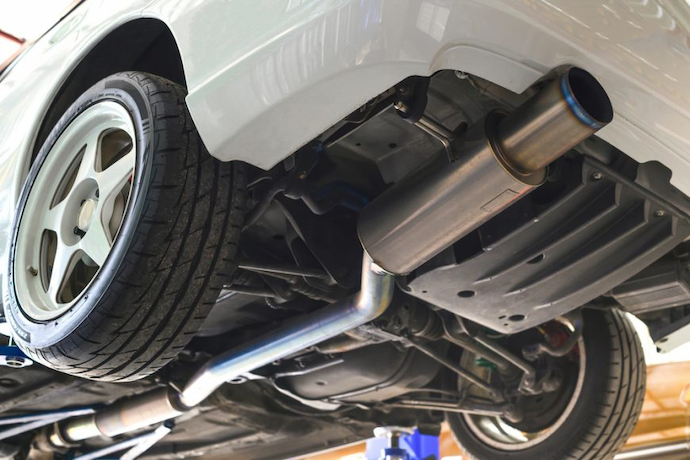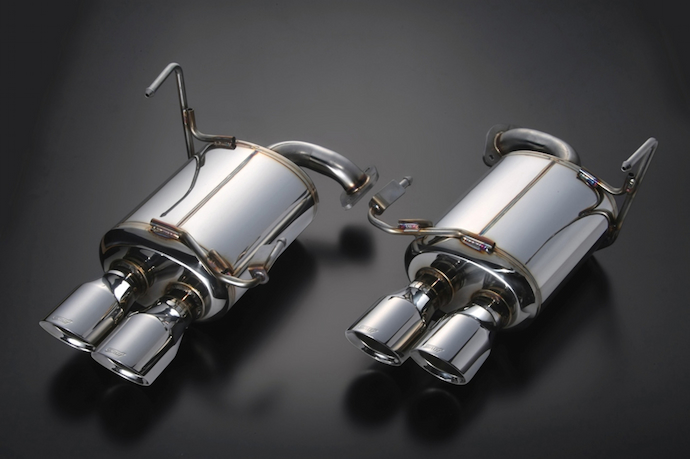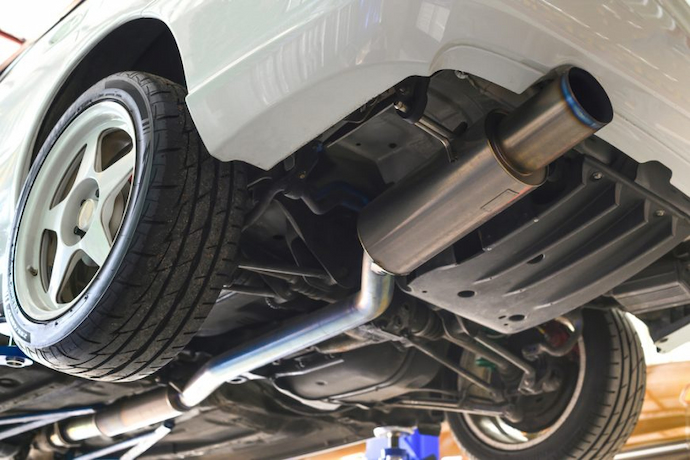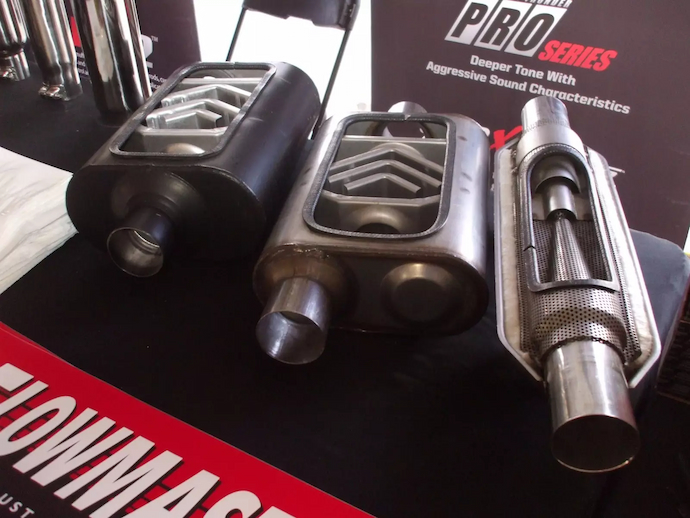An aftermarket exhaust system is not merely an upgrade for your vehicle; it’s a symphony of power and performance. If you’re an automotive enthusiast seeking to unleash the true potential of your vehicle, upgrading your exhaust system can be a thrilling endeavour. In this comprehensive guide, we will explore the various components of an exhaust system, with a special focus on the muffler’s role, and discuss what to look for when choosing the best-sounding muffler to enhance both the auditory and performance aspects of your ride.
The Anatomy of an Exhaust System

Before we delve into the world of aftermarket exhaust systems, let’s dissect the anatomy of a typical exhaust system. An exhaust system consists of several key components, each with a specific role in managing the flow of exhaust gases from the engine to the atmosphere:
Exhaust Manifold: The exhaust manifold is the first component that collects and channels exhaust gases away from the engine’s cylinders. It’s typically made of cast iron or stainless steel.
Catalytic Converter: The catalytic converter is responsible for reducing harmful emissions by converting toxic gases like carbon monoxide and nitrogen oxides into less harmful substances. It’s a crucial component for environmental compliance.
Resonator (Optional): Some vehicles include a resonator in the exhaust system. The resonator reduces exhaust noise and may be used to fine-tune the sound quality.
Muffler: The muffler is a key component that attenuates exhaust noise. It contains chambers and baffles that dampen sound waves, reducing the volume and altering the exhaust note.
Tailpipe: The tailpipe is the final section of the exhaust system, directing exhaust gases away from the vehicle and releasing them into the atmosphere.
The Role of the Muffler

The muffler, often regarded as the “voice” of an exhaust system, plays a pivotal role in controlling exhaust noise while shaping the vehicle’s distinct exhaust note. Its primary functions include:
Noise Reduction: The muffler’s chambers and baffles are designed to absorb and reflect sound waves, reducing the noise produced by the exhaust gases as they exit the engine.
Backpressure Control: While it’s essential to reduce noise, it’s equally important to maintain optimal engine performance. The muffler helps regulate exhaust backpressure, ensuring that exhaust gases flow efficiently and do not impede engine operation.
Tuning the Exhaust Note: The muffler design and configuration have a profound impact on the vehicle’s exhaust note. Enthusiasts often seek mufflers that create a distinctive and pleasing sound that aligns with their preferences.
Choosing the Best Sounding Muffler

Selecting the best-sounding performance muffler for your aftermarket exhaust system is a subjective process that depends on your personal preferences, your vehicle’s characteristics, and the intended use of your vehicle. Here are some key considerations when choosing a muffler:
Sound Level: Determine your desired sound level. Mufflers range from mild to aggressive in terms of sound output. Consider how much noise you’re willing to tolerate for your daily driving experience.
Tone and Pitch: Think about the tone and pitch you want for your vehicle’s exhaust note. Some mufflers produce deep, bass-heavy tones, while others create higher-pitched or raspy notes. Listen to sound clips or recordings of different mufflers to find your preferred sound profile.
Materials: Mufflers are constructed from various materials, including steel, stainless steel, and aluminium. Stainless steel mufflers are known for their durability and resistance to corrosion, making them a popular choice.
Design: Consider the muffler’s internal design, which affects both sound and performance. Chambered mufflers, straight-through mufflers, and turbo-style mufflers all produce distinct exhaust notes. Research each type to determine which suits your preferences.
Legal Considerations: Be aware of local noise regulations and emissions standards. Some aggressive mufflers may not comply with noise ordinances, potentially leading to legal issues or citations.
Brand Reputation: Choose reputable brands known for quality and performance. Well-established manufacturers often offer a range of mufflers designed for different sound profiles.
Vehicle Compatibility: Ensure the muffler you choose is compatible with your vehicle’s make and model. Some mufflers are designed specifically for certain applications and may require modifications for installation.
Installation: Consider whether you have the tools and skills required for installation. If not, professional installation is recommended to ensure proper fitment and alignment.
Performance Goals: Determine your performance goals. Some mufflers are designed to maximize horsepower and torque, while others prioritize sound quality and aesthetics.
Popular Types of Mufflers

There are several popular types of mufflers, each offering a unique combination of performance and sound characteristics. Here are some of the most common types:
Chambered Mufflers: Chambered mufflers, like the Flowmaster series, feature multiple internal chambers and baffles. They create a deep, aggressive exhaust note with a distinctive rumble.
Straight-Through Mufflers: Straight-through mufflers, such as the MagnaFlow designs, allow exhaust gases to flow in a straight path through a perforated tube. They produce a cleaner, more refined sound compared to chambered mufflers.
Turbo-Style Mufflers: Turbo-style mufflers, exemplified by the Borla lineup, use a combination of straight-through and chambered designs. They offer a balance between performance and sound quality.
Glasspack Mufflers: Glasspack mufflers, such as Cherry Bomb, are known for their compact design and aggressive, raspy exhaust note. They are often chosen for their vintage hot rod sound.
Performance Mufflers: Performance-oriented mufflers like those from Corsa or Borla focus on enhancing horsepower and torque while maintaining a pleasing exhaust note. They often incorporate advanced technology for superior performance.
Conclusion
An aftermarket exhaust system with the right muffler can transform your vehicle, elevating its performance and providing an auditory experience like no other. As the central component responsible for shaping your vehicle’s exhaust note, the muffler allows you to fine-tune the sound profile to match your preferences.
When choosing the best-sounding performance muffler for your exhaust system, consider factors like sound level, tone, materials, design, legality, brand reputation, vehicle compatibility, installation, and performance goals. Whether you desire a throaty growl, a melodic hum, or a harmonious blend of both, the world of aftermarket mufflers offers a wide array of options to help you unleash the symphony of power and performance hidden within your vehicle.



